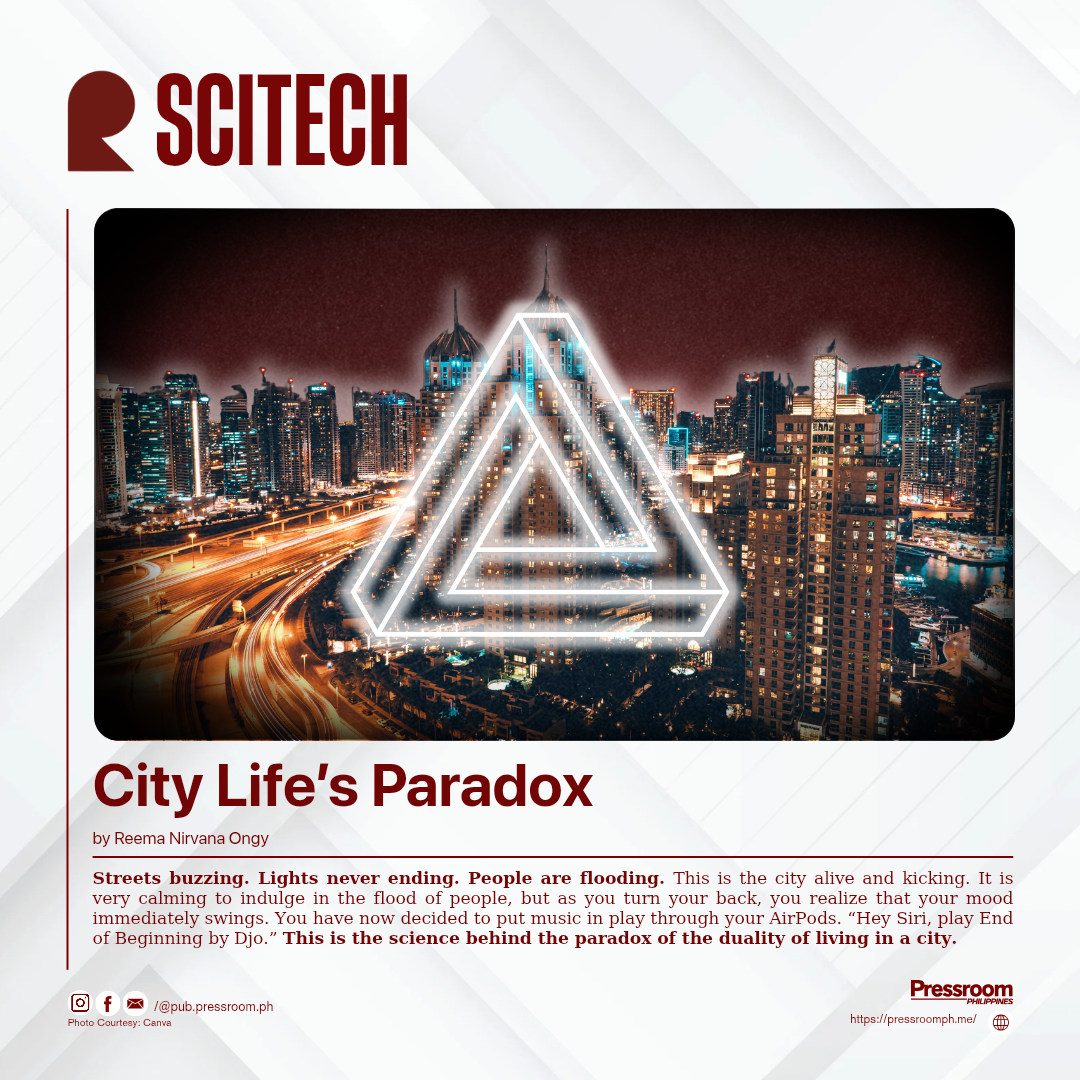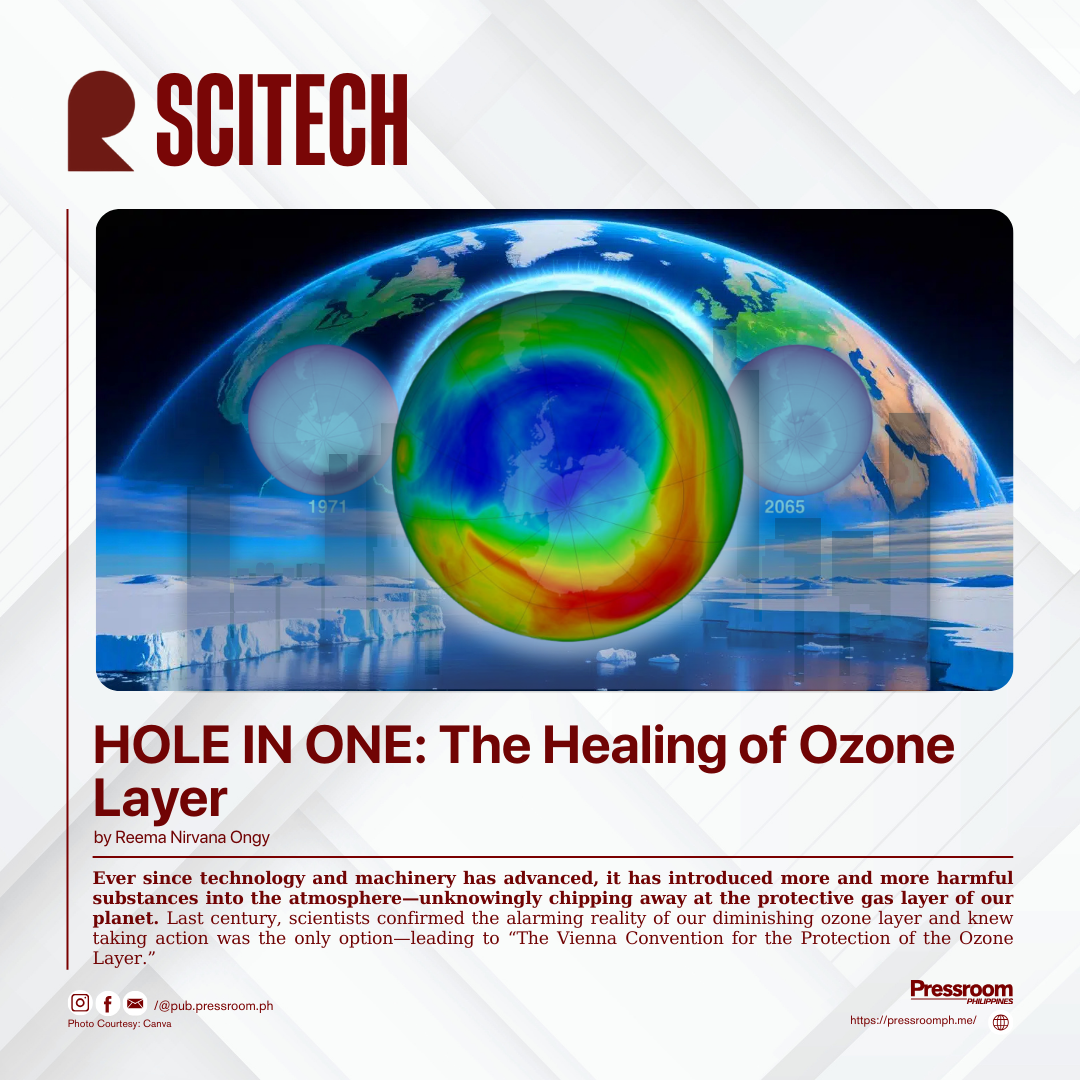| 𝘃𝗶𝗮 𝗝𝗼𝗵𝗻 𝗠𝗲𝗿𝗿𝗶𝗰𝗸 𝗟. 𝗙𝗿𝗮𝗻𝗰𝗲𝗹𝗼𝘀𝗼, 𝗣𝗿𝗲𝘀𝘀𝗿𝗼𝗼𝗺 𝗣𝗛
Nature never fails to surprise us!
Corals don’t usually grow big because they face numerous threats that can lead to their death. Rising sea temperatures, ocean acidification, and pollution—these are just some of the dangers that can kill corals. But in the blink of an eye, a discovery has widened the eyes of researchers.
A massive coral was discovered near the Three Sisters Islands, close to the Solomon Islands. The coral measures 34 meters wide, 32 meters long, and 5.5 meters high, with a circumference of 183 meters. The mega coral displays bright yellows, blues, and reds, but is mostly brown.
It was found by the National Geographic Pristine Seas team. The coral belongs to the species Pavona clavus. It was discovered amidst the ripples of waves, mirroring the ocean’s surface.
This gigantic organism is a complex network of coral polyps—tiny individual creatures—that have grown over three centuries. The coral has been untouched for hundreds of years, with no human interference. No wonder it has grown so big.
“Just when we think there is nothing left to discover here on Earth, we find a massive coral made out of one billion polyps, pulsing with life and color,” said Eric Sala, a National Geographic Explorer from Pristine Seas.
The coral is so colossal that it can be seen from space. To the naked eye, it may look like an immense rock beneath the ocean's surface. When they first saw the coral, they thought it was a shipwreck due to its size.
Despite the sight of the coral, it had never been documented. The local community had not reported it because they did not know it was there. Although the coral is located on a remote island, it is still not safe from human threats and global warming.
This massive coral is a haven for marine life. It serves as a dome or shelter for many species such as fish, crabs, and other reef invertebrates.
The discovery of the mega coral highlights that only 8.4% of the ocean is protected to some degree. Scientific studies recommend that at least 30% of the world’s oceans should be protected to maintain their role in absorbing much of our carbon pollution, providing food, and supporting countless ecosystems.
The team of international and local scientists and filmmakers studies the health of the ocean, documenting its wonders through photography and cinematography to support ocean conservation efforts in collaboration with local communities.
Coral reefs are a testament to the incredible diversity and beauty of life on our planet.






